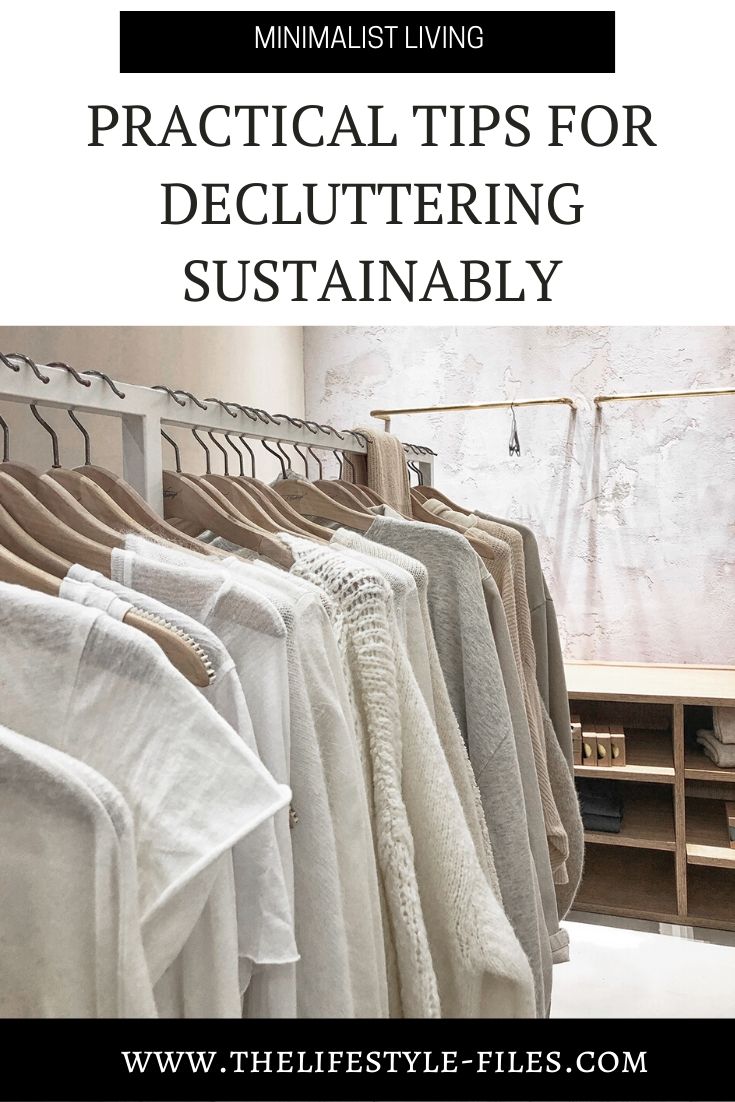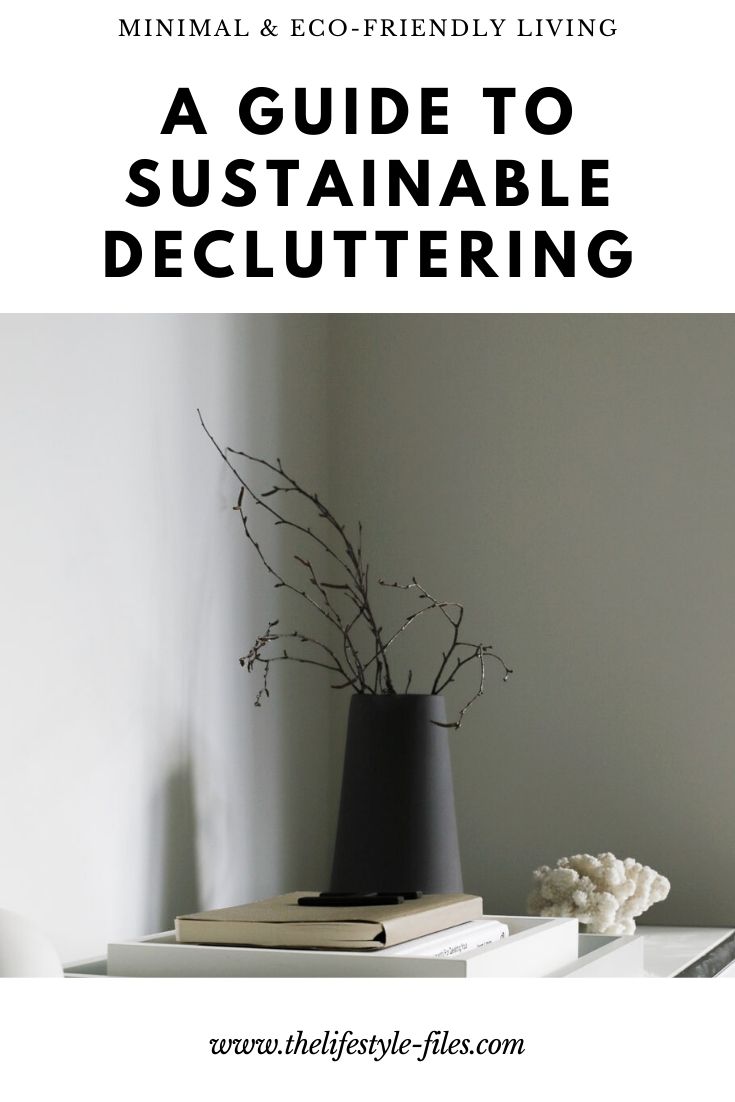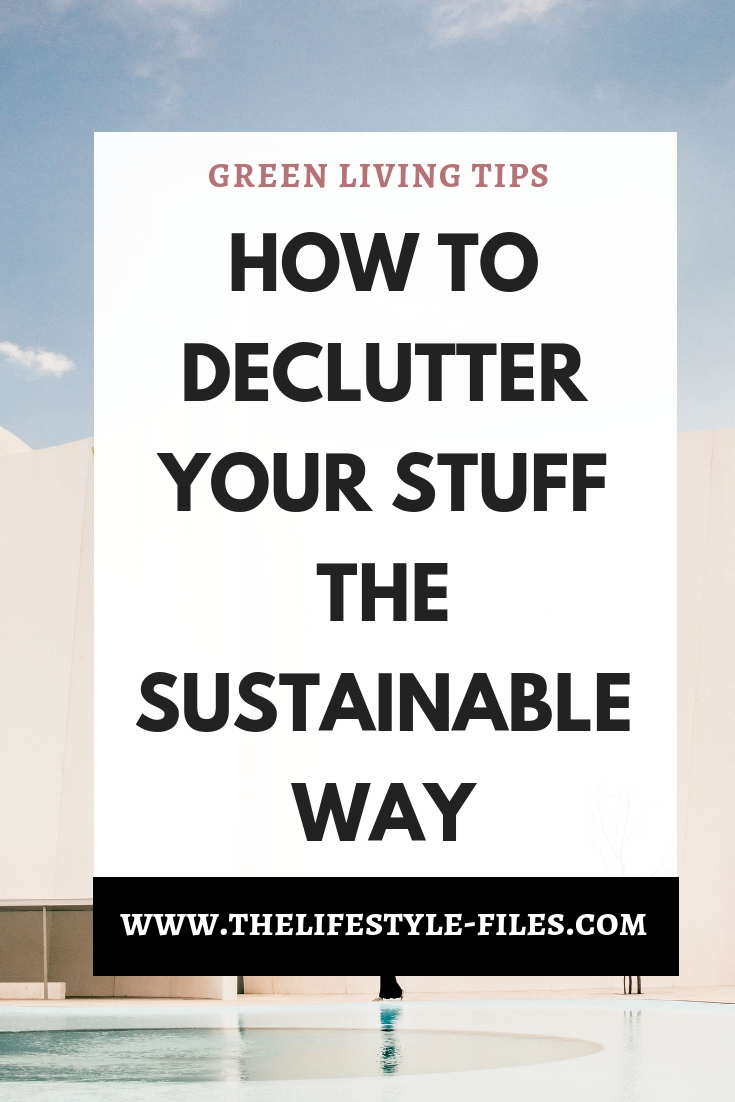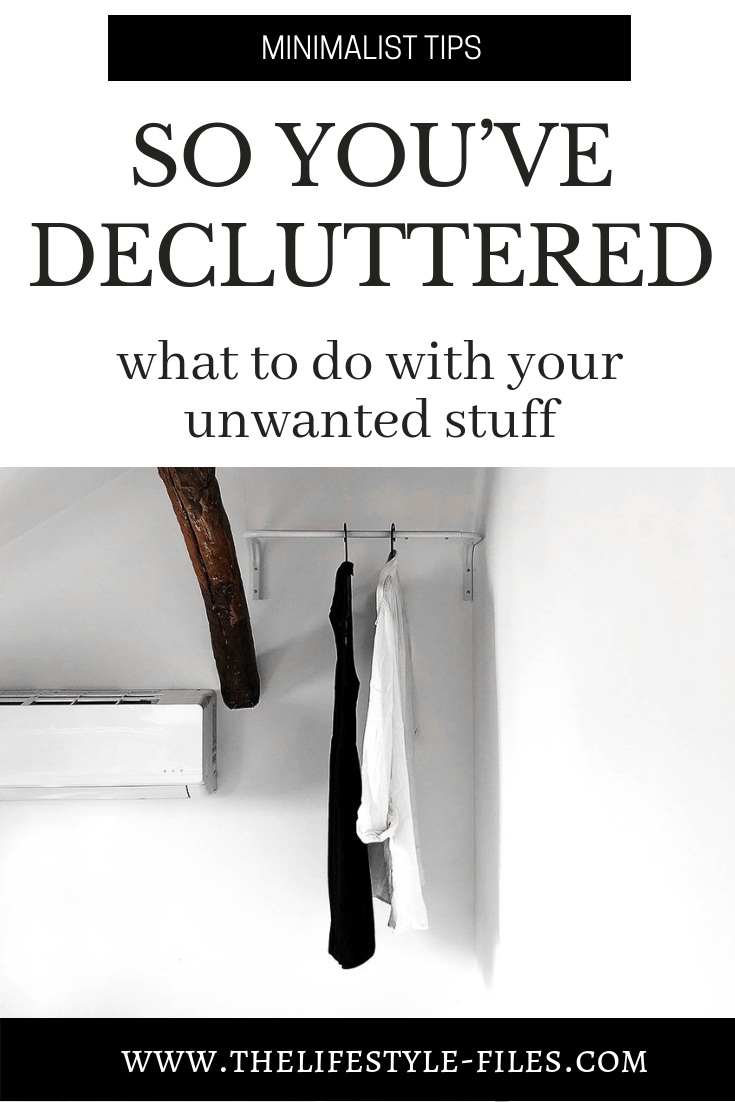 Decluttering is definitely en vogue now.
Decluttering is definitely en vogue now.
From the hundreds of helpful decluttering listicles and YouTube decluttering videos capitalizing on our new year/new habits mentality to Marie Kondo transforming people’s houses on Netflix, decluttering has never been more fashionable and popular.
And this is mostly a good thing. It can shed light on how much shopping and consumerism REALLY took hold of our lives, what the price of too much stuff can be, and why it’s beneficial to live with less.
I say mostly, though, because I think there are some issues we need to talk about here. And that’s OK, rarely is a trend totally perfect and even very useful movements have issues we need to pay attention to. This doesn’t take away from the value of decluttering by any means – it can only enhance it.
In the case of decluttering, I think the main issue we need to talk about is sustainability.
Sustainability in terms of ecological footprint, and sustainability in terms of personal habits.
This post deals with the first (but come back soon for a post on the second issue).
Where does all your stuff end up?
Most of the decluttering guides use a similar system to organize your stuff – you can either keep, sell, trash, or donate them (of course, there are a lot of sub-options, but these are the main directions). From a sustainability point of view, the last two can be the most problematic.
The potential problems with throwing out things are probably pretty obvious. If we do not recycle properly, everything ends up in a landfill. Moreover, when it comes to clothes, a lot of them are blends and contain some kind of polyester, which means they cannot even be recycled. That’s why it’s important to be quite knowledgeable about how to recycle and what we should put where. That’s clear. But to be honest, I didn’t know that donating had its own risks as well.
For a long time, whenever I decluttered my stuff, I mainly chose to donate anything I decided I wasn’t going to use anymore but was still in good condition. I really had the best intentions – I thought that simply this was the best way to deal with unwanted stuff, mainly clothes. I knew I could sell them as well, but I figured I don’t need that money that much so I’d rather give clothes to others who were not in such a privileged position.
I didn’t really research donation options that much, I was familiar with a couple of charities and figured I could just give them my stuff and they would make sure it would end up in a good place.
It wasn’t until I came across a couple of articles about the realities of donating that I really started to think about whether this was truly the best option.
So, what are the potential problematic parts of donating?
The sheer volume of clothes
The amount of stuff we buy and consume is almost inconceivable. And fast consumption cycles mean that they are discarded incredibly fast. We may declutter our homes and put our stuff out of sight (and out of mind), but it won’t just magically disappear. Charities are increasingly having a hard time swallowing up all those excess stuff. They don’t have space, resources, or time to manage it properly.
The poor quality of clothes
While I don’t think you cannot find better quality items in fast fashion stores, often they are not made well – they disintegrate, unravel, or rip very easily. Thus, fast fashion items are often not the best candidates for reuse or resell.
The poor state of clothes
Unfortunately, a lot of people are not careful about what types of clothes they send to charity shops. Some should probably be placed in the trash because they are in such bad shape. Some may be fixed, but charities often do not have the resources or tools to mend them, and thus they eventually end up in the landfill as well (or are sent to poorer countries, see below). This does not exclusively affect clothes – all kinds of broken and damaged goods get dropped into donation boxes.
May destroy the textile and apparel industry of developing countries
Charity shops are often not the final destination of clothes. Whatever is not sold to consumers is either sold to the recycling industry or is shipped overseas to developing countries and sold on that market or donated there. They may undermine the local textile and manufacture industry and hurt small businesses (read more here). Some African countries even announced a ban on importing second-hand clothes from 2019.
Bottom line: good intentions are not enough. We must be more mindful about what we do with our unwanted stuff and realize our responsibility stretches further than the conveniently close donation box.
The most important principle of sustainable decluttering
Ultimately, the most important principle of responsible and sustainable decluttering is the same that of mindful consumption: extend the lifespan of our products to the maximum.
This means finding good quality stuff, reusing, repairing minor damages, upcycling, finding alternative ways to use things, and when we’re done with something, making sure we do everything to extend their life elsewhere.
Related: Design your life: Fix it
Approaching this from a sustainability point view, selling our stuff then makes a lot of sense. What better way to ensure the continued use of something than finding another owner who can take care of it? This doesn’t mean donating is not an option. It continues to be a priority for me, but I’ll definitely be more mindful about where I take my stuff and I’ll start considering other options as well.
Practical tips for sustainable decluttering
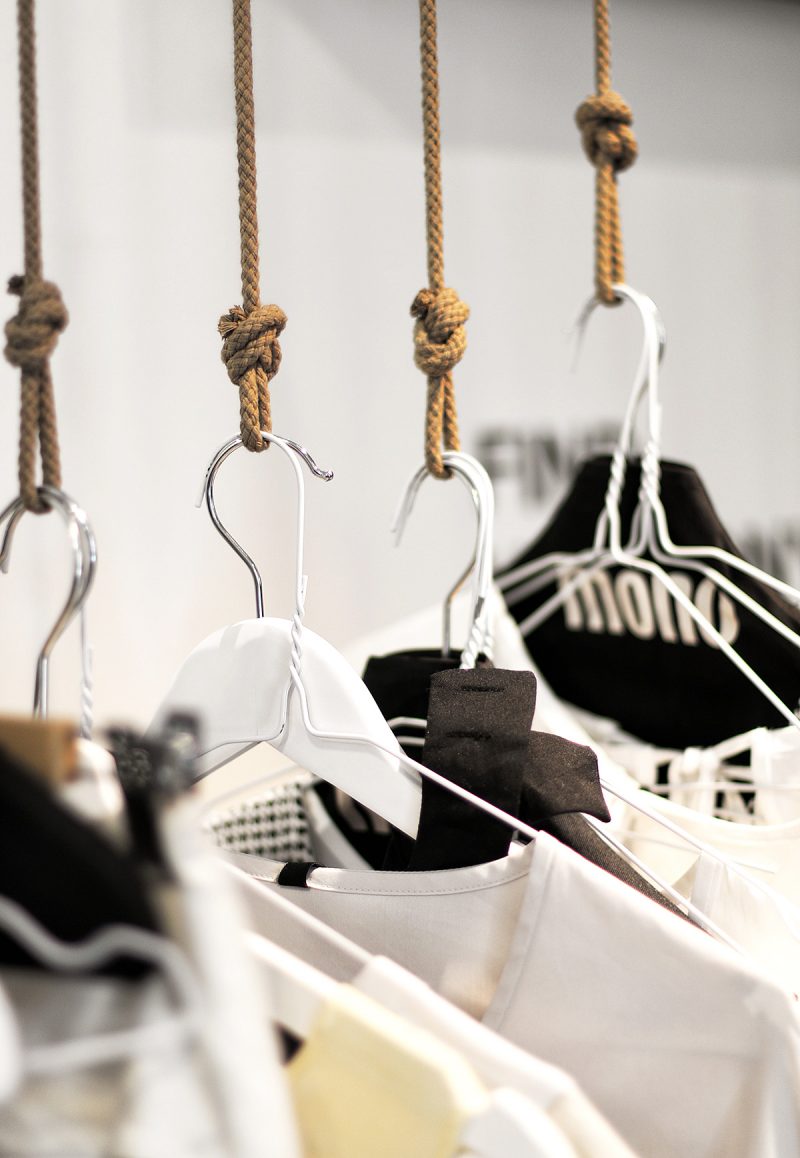
If you’d like to keep it
+ Upcycling (i.e. creative reuse) is an awesome sustainable way to extend the life of products. But don’t fall into the trap of ‘keeping just in case”. If you want to keep and use something for other than its original purposes, know exactly how you’ll do that (and preferably do that immediately so that you don’t end up with half-finished projects around the house). Here you can find lots of upcycling ideas.
If you’d like to sell it
+ Find your audience. Depop, eBay, Amazon are the obvious selling sites, but it may be worth finding smaller, but more specialized sites if you’d like to sell certain items, like luxury goods, designer bags, jewelry, mobile phones, electronics, furniture, sneakers, bicycles or even niche products.
+ Try to keep it local to reduce the environmental costs of shipping across the world. When I first tried selling some stuff online, I used a specialized local Facebook group, but if garage sales are a thing in your neighborhood, you can try them as well.
+ Ask around in your immediate family and friend groups whether they could use your things.
+ Or browse freecycle.org to find local groups where people are giving away their things for free.
If you’d like to trash it
+ There will always be stuff that cannot be used or saved anymore, despite your best efforts. In those cases, the main goal is to discard them responsibly.
+ Recycling decluttered things doesn’t only mean putting them in the appropriate recycling bins – there are way more recycling opportunities than that.
+ As always, research is key here, just google “how can I recycle that particular item” (preferably locally), I’m pretty sure you’ll be amazed at how many opportunities there are. Take a look at this comprehensive list to know what can be recycled and find your local recycling centers. Another fantastic resource is this website.
If you’d like to donate it
+ A general rule: If you wouldn’t give it to your best friend or buy it yourself, don’t donate it. Charity shops are not a dumping ground.
+ Take the time to find the best charity. I think most donations go awry because once people finally take the plunge to declutter their home, they can’t wait to see the final, more organized end result.
+ Don’t just seek out the nearest donation box, be creative with finding the organization that can make the best use out of your stuff. Find targeted charities: Dress for success takes professional attire and gives them to women to help them towards financial and economic independence, women’s shelters welcome clothes, beauty and makeup products (just check the expiration date!!!), animal shelters are always in need of old textiles or worn-out bedding and towels, schools and local libraries accept textbook and book donations, some nonprofit organizations specialize in collecting old prom dresses to give them to girls in need, and so on.
+ If you found a charity, call ahead and always ask them whether they can accept your donation or whether there’s something special they need.
What’s your take on sustainable decluttering? What do you do with the stuff you’ve decluttered?

